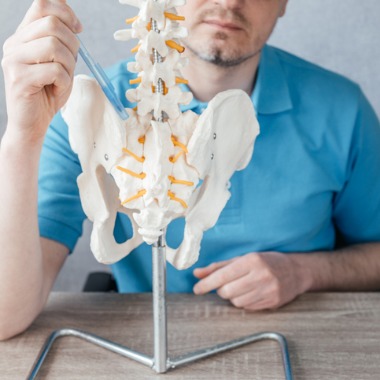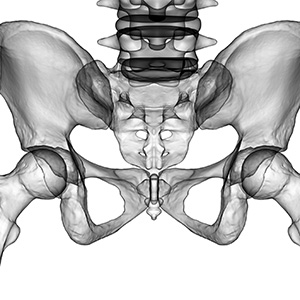What Causes Lower Back Pain When Walking?
Ever wondered why a simple activity like walking can sometimes send a jolt of pain across your lower back? It’s not just a sign to slow down; it could indicate underlying health issues that need attention. Walking is a basic motion that we often take for granted, but for those experiencing lower back pain, each step can be a reminder of the complex interplay between our spine, muscles, and joints. Let’s explore what causes lower back pain when walking and why these conditions strike during such a fundamental activity.

5 Underlying Causes of Lower Back Pain When Walking
1. Herniated Discs
A herniated disc occurs when the soft inner gel of the cushion-like discs between our spinal vertebrae leaks out through a tear in the outer layer. When this happens, it can press on nearby nerves, causing pain that radiates down the back and legs. Activities like walking can exacerbate this discomfort due to the increased spinal load and movement, making each step a painful endeavor.
2. Muscle Strain
Our back muscles are crucial for support and mobility. Straining these muscles, often through sudden movements or improper lifting, can lead to acute pain. Regular walking, especially if done with poor posture, can aggravate these strains, leading to sustained pain episodes.
3. Spinal Stenosis
This narrowing of the spinal canal can compress the nerves, leading to pain or cramping, particularly in the legs while walking. People with this condition find some relief when they bend forward or sit, as these positions decrease the pressure on their spinal nerves.
4. Degenerative Disc Disease
Age-related changes in our discs can cause them to degrade and flatten, reducing their ability to cushion the vertebrae effectively. This degeneration can make walking a painful activity as the spine bears the body’s weight with less support.
5. Sacroiliac (SI) Joint Dysfunction
The SI joint links your lower spine to your pelvis and, when dysfunctional, can generate significant pain in your lower back and hips. The joint’s engagement during walking, where it helps distribute weight and absorb shock, can be particularly painful if the joint is inflamed or damaged.
Why Identifying the Right Cause Matters
Recognizing the source of lower back pain when walking is crucial, as it guides the treatment approach. For instance, muscle strains may benefit from physical therapy and rest, while herniated discs might require more invasive treatments like surgery or injections. Misdiagnosis can lead to ineffective treatments and prolonged discomfort.
When It Might Be More Than Just Back Pain
It’s important to consider that not all lower back pain is solely a back issue. SI joint dysfunction often mimics other back ailments but requires specific interventions. This condition’s complexity and symptom overlap with other diseases make accurate diagnosis essential.
Find a Provider Who Can Diagnose and Treat Your Back Pain
If traditional treatments haven’t eased your pain, it may be time to get a second opinion from a specialist who understands the intricacies of the SI joint. PainTEQ‘s network of experts is ready to help you get back on your feet with minimal discomfort. Don’t wait for the pain to become unbearable; reach out today and let us help you find a provider in your area.



